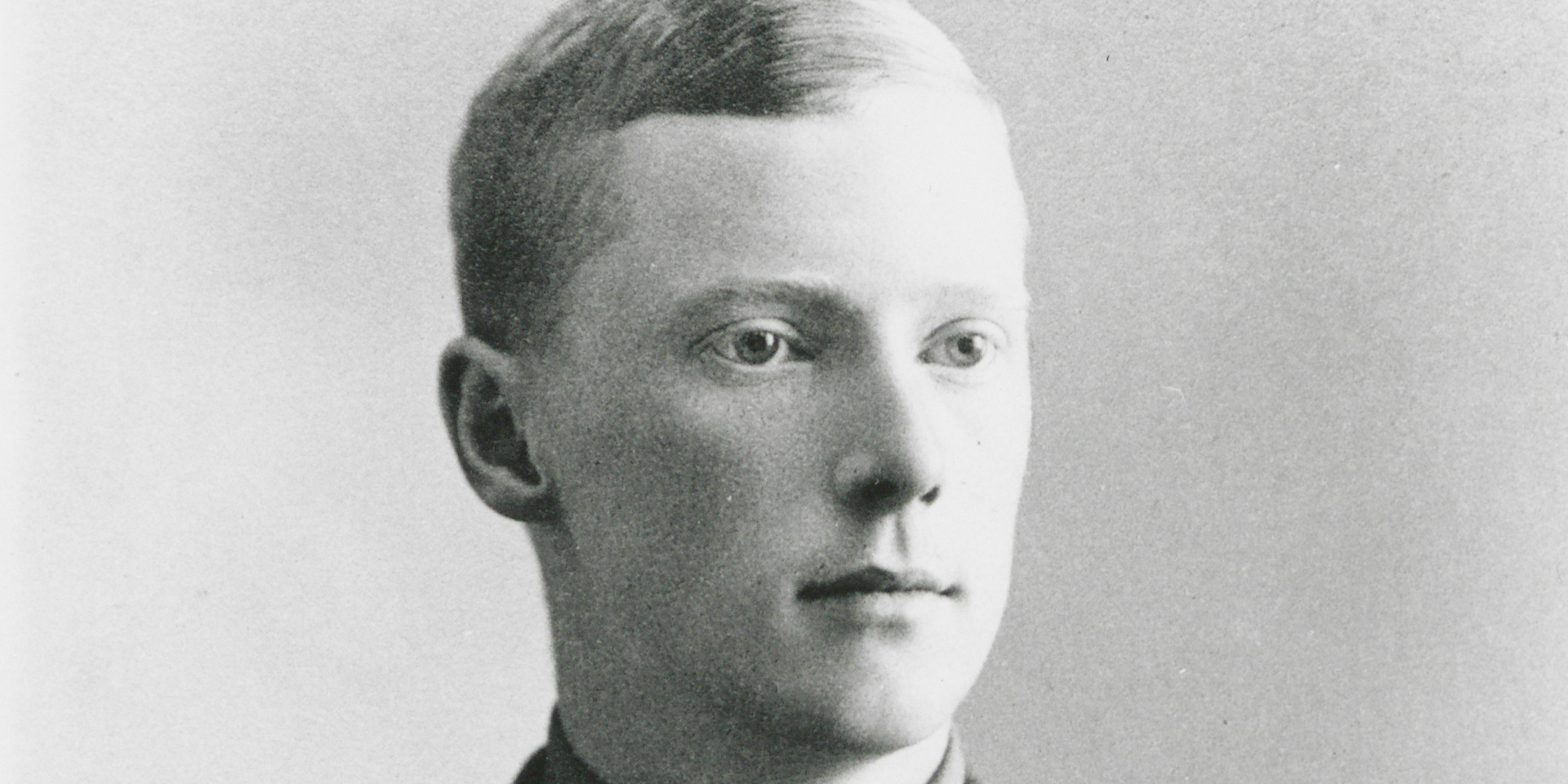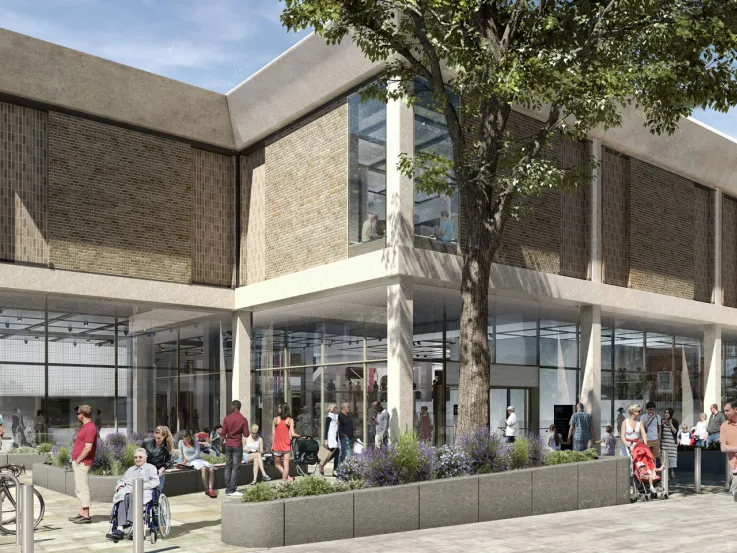Art from the front line: Soldier’s first hand accounts published for first time
On 16 May 2017, one hundred years after the Battle of Arras, the National Army Museum is publishing the drawings and watercolours of Lieutenant Richard Barrett Talbot Kelly, who, as a Forward Observation Officer, had a front row seat of the Arras offensive. His job was to watch where artillery shells fell and, as a keen artist, he illustrated the battle through watercolours and drawings in a graphic cartoon style.
The initial British attack saw an advance of five miles and the taking of enemy positions with few casualties. It also achieved its strategic objective of drawing German troops away from the Aisne in advance of a French attack. But success quickly turned to failure when the British found they could not exploit their victory. Talbot Kelly soon realised the army had not planned to support such an advance.
‘We had advanced too far and so quickly that our infantry outposts were now beyond the extreme range of their own field guns, so that we waited expectantly for our cavalry to come up and exploit the complete break in the German defensive system. But they did not come.’
The sudden flurry of snow on the first day of the Battle of Arras had initially helped the British take the enemy by surprise but the freezing weather gave the Germans time to re-organise their defences. The British launched several limited attacks but at a cost.
‘The noise of the German machine guns was completely inaudible and, as I watched, the ranks of highlanders were thinned out and torn apart by an inaudible death that seemed to strike from nowhere.’
For the duration of the battle the Royal Flying Corps flew over enemy lines and battled with a superior German Air Force. They suffered huge losses, losing over four times the number of enemy machines and 400 men. Talbot Kelly noted: ‘the skies were filled with aeroplanes, and for the most part it was generally our own machines that we saw shot out of the sky in flames.’ The life expectancy of a British pilot over Arras was just 17.5 flying hours and the slaughter in the sky became known as ‘Bloody April’.
The British were unable to break through at Arras and by 16 May 1917, the official end of the battle, the Arras front had returned to the day-to-day stalemate of trench warfare.
Emily Charles, Digital Content Producer at the National Army Museum said, 'It’s hard to believe that Talbot Kelly’s drawings of the Battle of Arras are a hundred years old when they’re drawn in such a modern looking cartoon style. His illustrations are a stark and colourful contrast to the grainy black and white photographs and the often bleak work of war artists that we tend to associate with the First World War.’
Talbot Kelly survived Arras and remained on the front line but was wounded during the preliminary bombardment at the Battle of Passchendaele on 5 August 1917 and was sent home to recover. He remarked that ‘one does not hear the shell that gets one. If the ground had not been a bog and as soft as it was it is absolutely certain that I would have been blown to bits.’
Notes for editors
For more information, please contact the National Army Museum press office at pr@nam.ac.uk or 020 7881 2433.
Lieutenant Richard Barrett Talbot Kelly
Richard Barrett Talbot Kelly was the only son of the artist Robert Talbot Kelly. He was born on 20 August 1896, in Birkenhead, Cheshire, and lived in Rochdale, Lancashire. Talbot Kelly would later become an artist in his own right, known for his painting of birds.
He was educated at The Hall School, Hampstead, a boarding school in Rottingdean and finally Rugby School in Warwickshire. When war broke out in his final year of school in 1914 he cast aside his aspiration to attend Oxford University. Talbot Kelly chose a military education at the Royal Academy Woolwich and arrived in France in May 1915.
As part of an 18-pounder gun battery crew he took part in many of the major offensives of the Western Front, including the Battle of Loos (1915), the Battle of the Somme (1916) and the Battle of Arras (1917). He regularly served as a Forward Observation Officer tasked with spotting where artillery shells landed. The unique vantage point this job provided inspired his illustrations.
Talbot Kelly continued his military career after the war whilst also beginning to exhibit his paintings of birds and was elected to the Royal Institute of Watercolour painters in 1925.
He married Dorothy Bundy in 1924 with whom he had two children, Chloe and Giles, who also became artists. In 1929 he left the army to become Director of Art at his old school Rugby, but in 1939 was recalled to the army. At the end of the Second World War he was made a Member of the Order of the British Empire (MBE) for his service.
Talbot Kelly continued to teach at Rugby until 1966. On his retirement he moved to Leicester and assisted the local museum with their natural history collections. He died in June 1971.
National Army Museum
The National Army Museum is the leading authority on the history of the British Army. Founded in 1960 by Royal Charter and established for the purpose of collecting, preserving and exhibiting objects and records relating to the Land Forces of the British Crown it is a museum that moves, inspires, challenges, educates and entertains.
The Museum tells the story of the British Army, the personal experiences of the soldiers who have served and connects the British public and its Army demonstrating how the role of the Army and its actions are still relevant today.
Heritage Lottery Fund
Thanks to National Lottery players, we invest money to help people across the UK explore, enjoy and protect the heritage they care about - from the archaeology under our feet to the historic parks and buildings we love, from precious memories and collections to rare wildlife.
For more information, please contact Katie Owen, HLF press office, on tel: (020) 7591 6036 out of hours mobile: 07973 613820.


